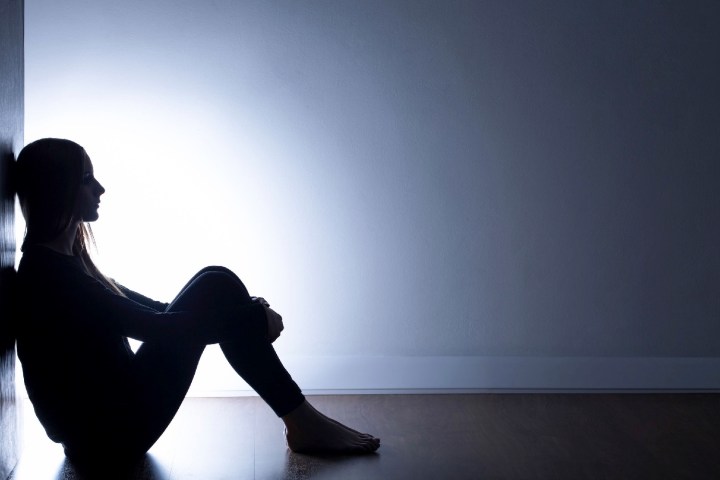
That is where a new piece of research from Vanderbilt University Medical Center comes into play. Researchers there have developed a machine learning algorithm designed to predict the likelihood of an individual attempting suicide. In trials, it has proven 80 to 90 percent accurate at forecasting whether a person will attempt suicide in the next two years. This extends to an astonishing accuracy of 92 percent in predicting whether a person is likely to attempt suicide in the following week.
To make its calculated guesses, the algorithm uses a range of different data, such as previous hospital admissions, age, gender, zip codes, prior diagnoses, and medication. When combined, these different risk factors can lead to behavioral insights which may not be so evident just by looking at one or two data points.
The algorithm was trained using data on 5,167 patients admitted to Vanderbilt University Medical Center with signs of self-harm or suicidal thoughts. Since then, it has been further trained and tested on 12,695 randomly selected patients with no documented history of attempted suicide. The work surrounding the algorithm’s creation was described in a paper published in the journal Clinical Psychological Science.
Since it was published earlier this year, Professor Colin Walsh is testing his algorithm using a dataset from another hospital. After this phase of the project is complete, the next goal will be the most crucial one: To work out how to use it to intervene and, hopefully, save lives.
While there is still a way to go before this is used as a clinical tool by physicians, with suicide being around the 10th leading cause of death in the U.S., this algorithm could prove to be an incredibly important advance. It could, quite literally, be a lifesaver.


